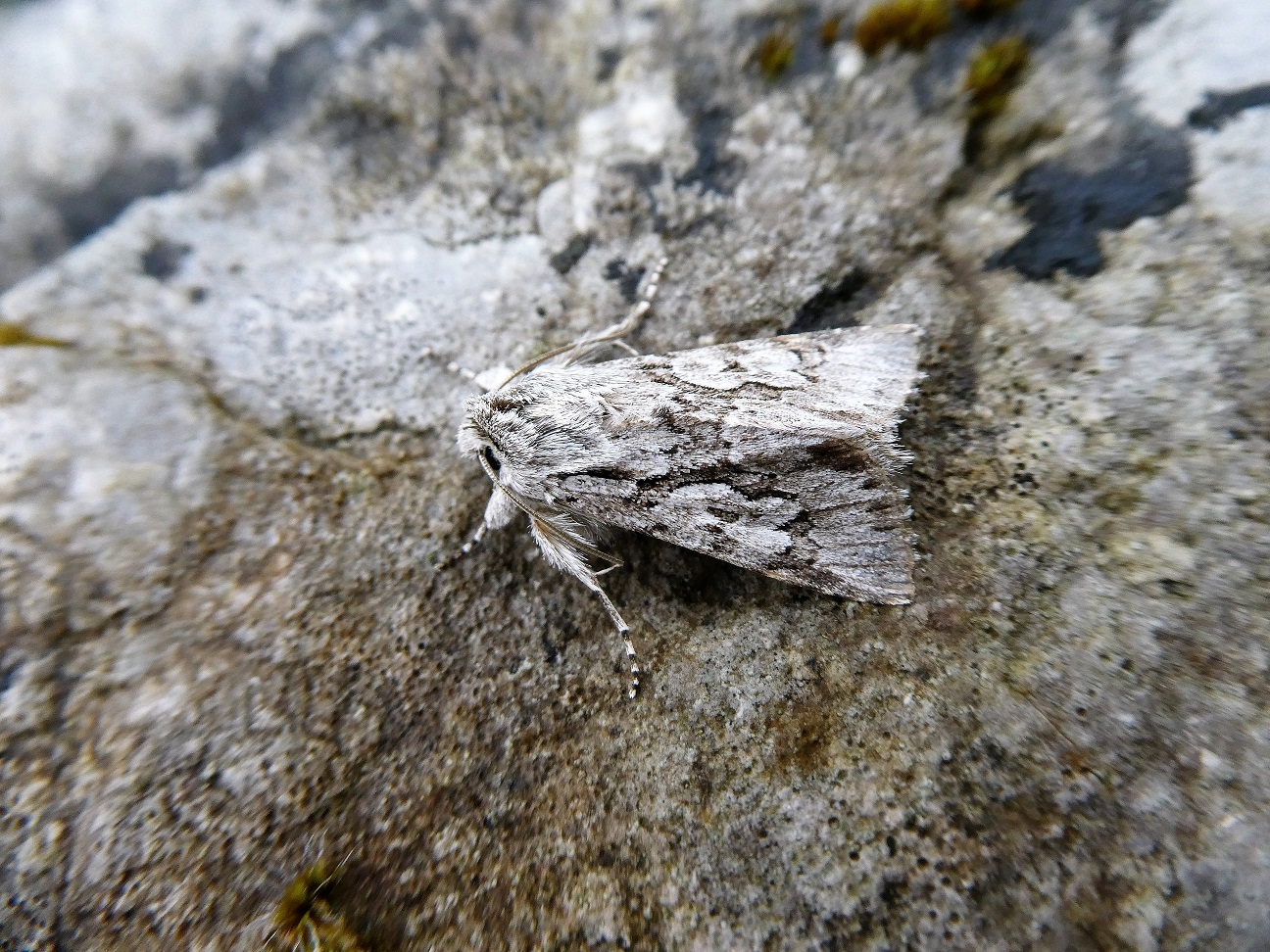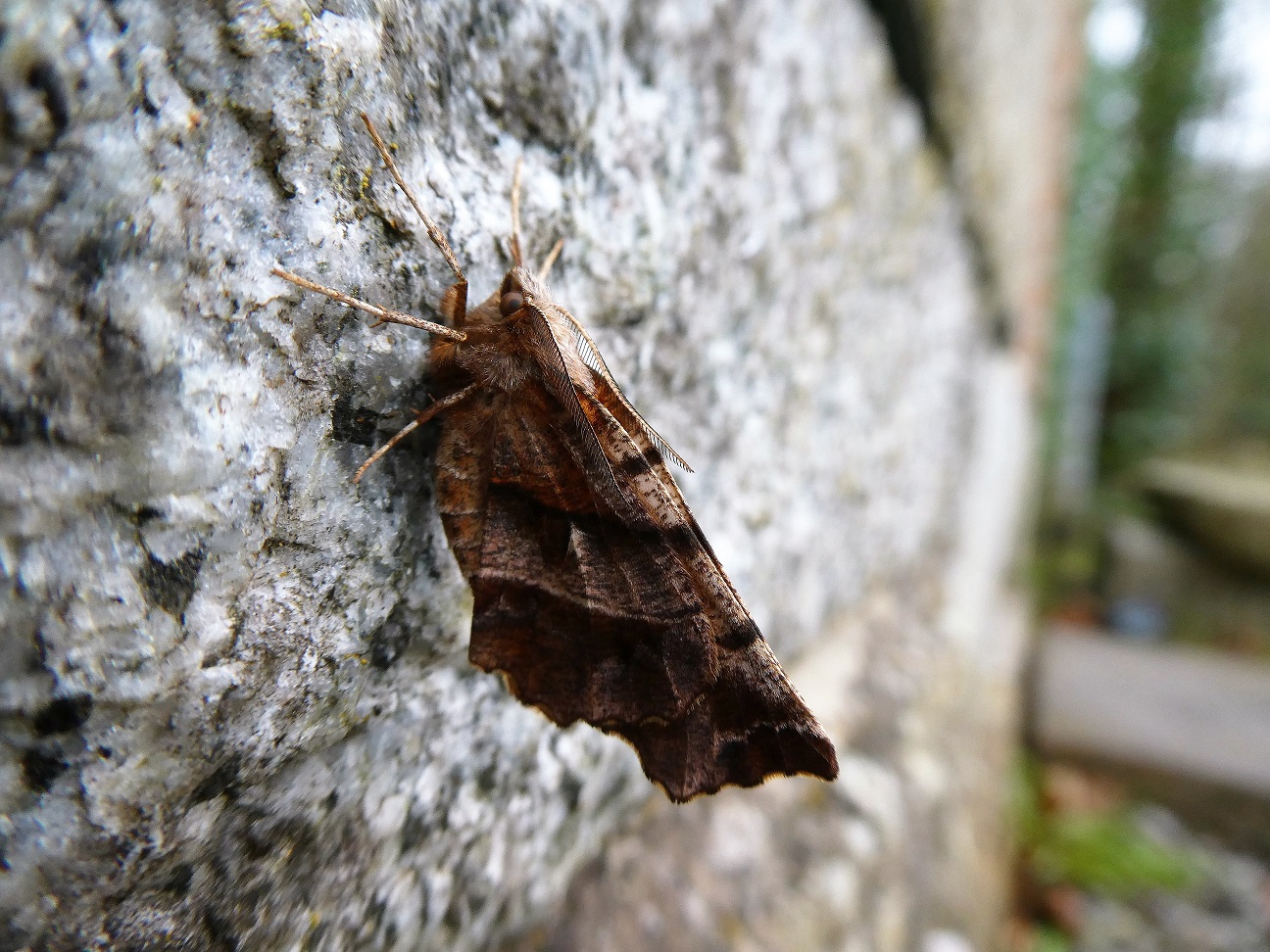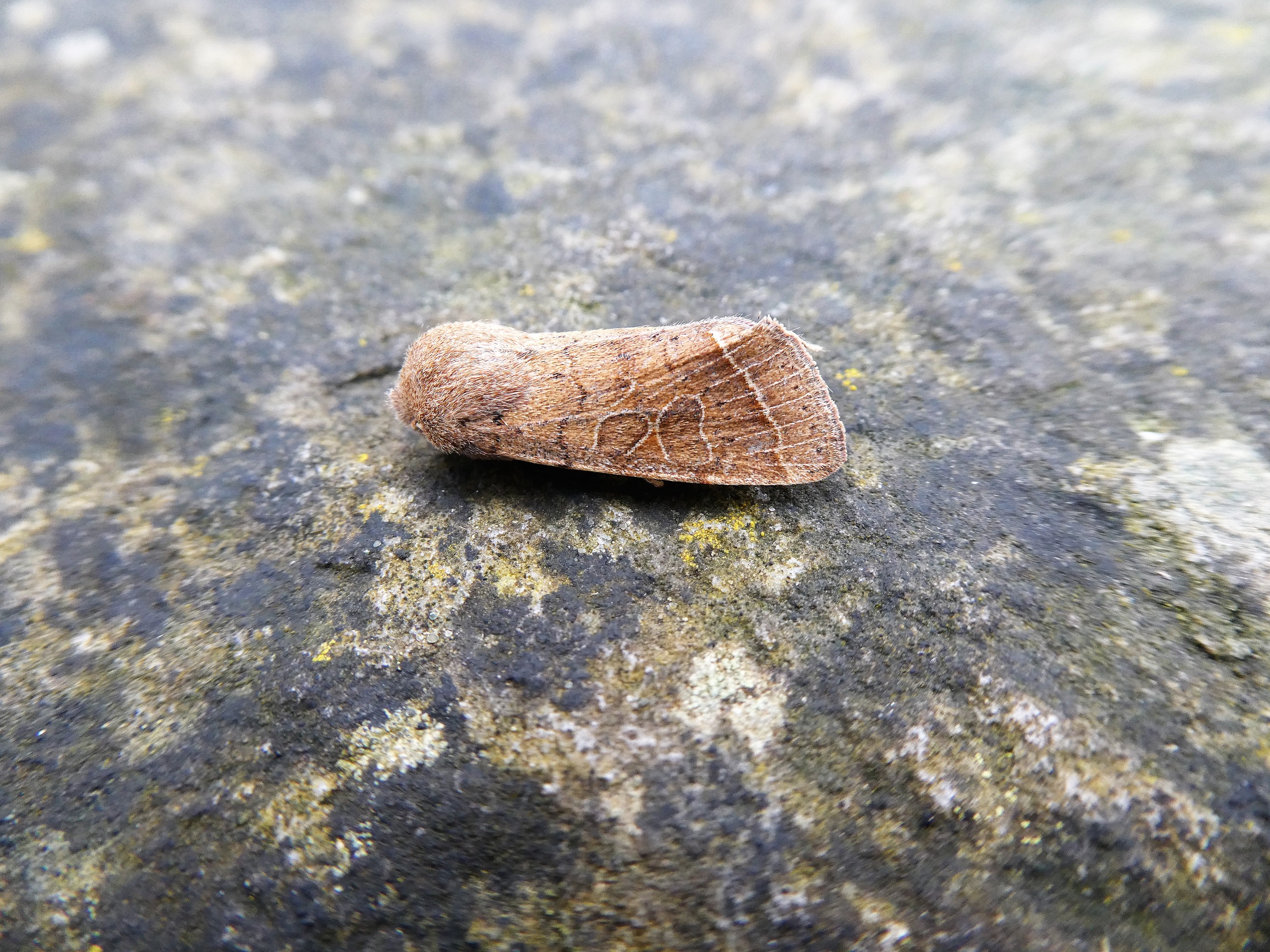Continuing with the theme of spring’s onset, we can ‘see’ spring coming when certain signs appear to signal the season’s arrival. People often have a particular, personal spring sign. For some it is birdsong. The Hedge Sparrow is singing now; it is a drab little bird but a persistent singer (https://www.youtube.com/watch?v=G5ptciy2AuA). For others, it is the emergence of frogs to spawn in ponds. It might even be the emergence from hibernation of a fairly obscure creature, like the Smooth Newt. I know of a newt population that dwells in a hot spring. These newts become active in January, but that doesn’t count! April is more usual. For other people, it is the appearance of spring flowers, especially the Primrose on hedgebanks, a stirring and happy sight. Who doesn’t like a Primrose?
Some people like them too much. ‘Primrose trains’ carrying less wealthy Londoners into the countryside in the early decades of the twentieth century saw mass picking of the flowers to brighten homes and gardens in London. Today we often buy cultivated primrose plants from garden centres, which is a pity as the authentic wild plant is easily propagated from seed sown fresh.
Butterfly lovers keenly await their first butterfly of the year. I still wait for my first sighting. I nearly succeeded but was a day too early-I saw a Peacock on December 31st! There is folklore in some countries, especially Scandinavian cultures which holds that if your first butterfly of the year is yellow you will have a wonderful summer. According to Matthew Oates, the first butterfly sighted in England in 1976 was a male Brimstone, a beautiful yellow butterfly, and what a summer that was! Unfortunately, in Ireland (as in England), the Brimstone is the only yellow butterfly we have so the chance of seeing the Brimstone as our first is not high. Our first record of the glorious summer of 2018 was a Small Tortoiseshell on January 5th the sighting of which is also, apparently, a positive sign. According to folklore, a sign of a bad summer is seeing a Peacock or Red Admiral as the first butterfly of the year so we hope to avoid these as our first sightings. Perhaps it is fortunate that I did not see that Peacock on January 1st!
Last night (March 17th) we had some heavy rain but mild conditions. Many moths, unlike butterflies, don’t mind rain, even heavy rain, as long as it is mild. When I inspected the moth trap in the morning I found five species, all typical of early spring. These are all muted in colour, unlike the far more colourful moths found in June and July when vegetation is well-developed and there are plenty of hiding places. However, these are our first free-flying species of the year, making these a warmly welcome sight.





The weather is set to show improvement. The next few days and the week ahead are forecast to be mainly dry with some sunshine. We need sunshine in our lives, especially now. Add butterflies and birdsong for extra happiness.
Send us any records (see https://butterflyconservation.ie/wp/records/) and photos (especially of moths and butterflies) to share your happiness!

